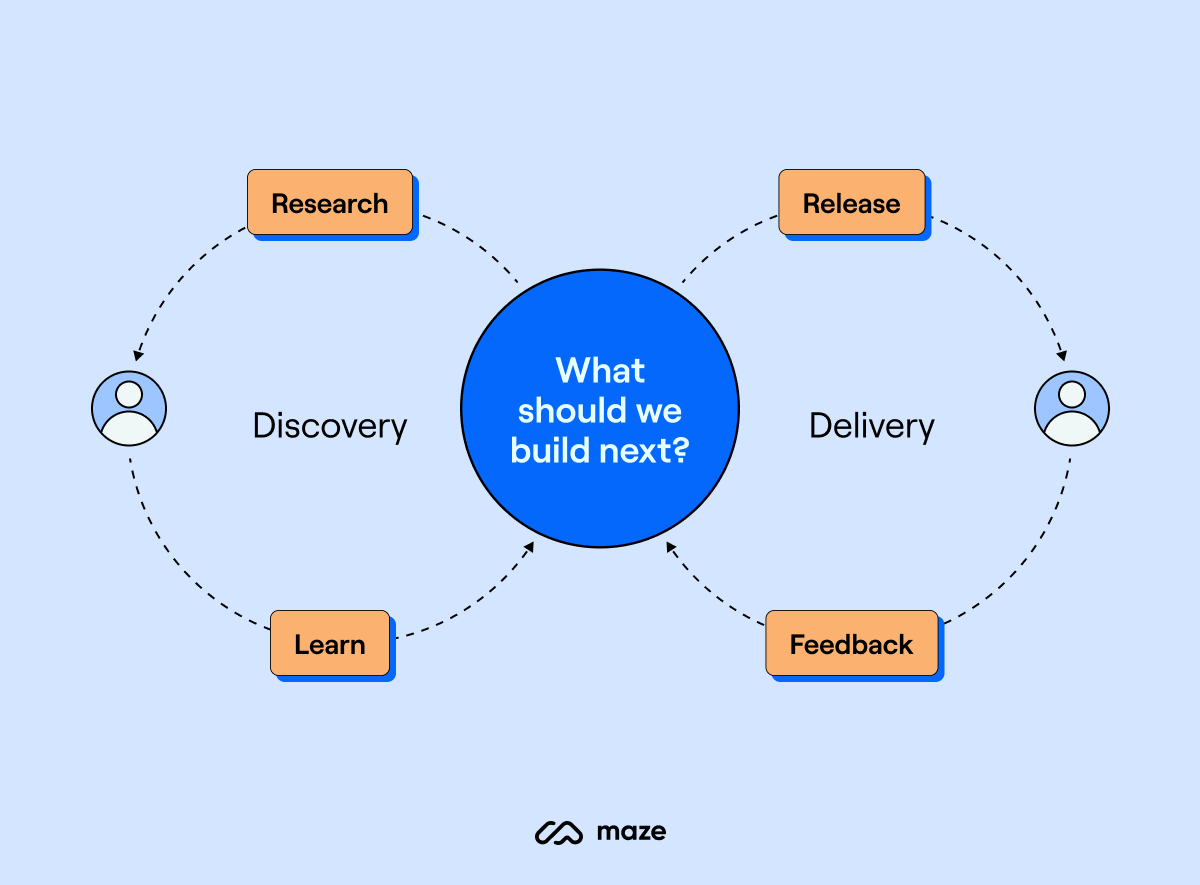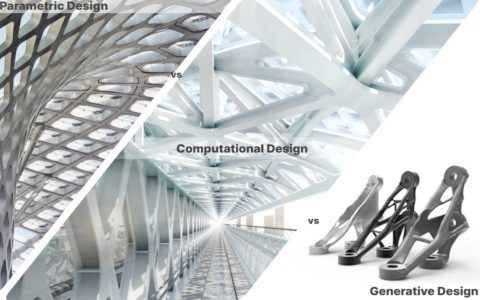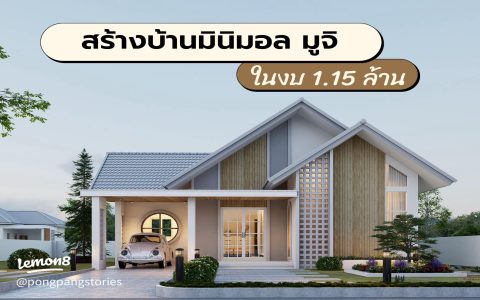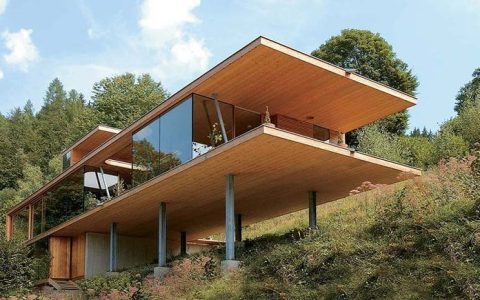Architectural mazes, characterized by complex layouts and intentional disorientation, transcend mere aesthetics. Far from arbitrary complexity, they offer distinct experiential and functional benefits:
Enhanced Cognitive Engagement & Memory Formation
Navigational complexity actively engages users. The challenge of deciphering paths forces mental mapping and spatial problem-solving, leading to:
- Deeper Cognitive Processing: Active engagement surpasses passive wayfinding, demanding attention and strategy.
- Stronger Spatial Memory: Overcoming disorientation creates more vivid and enduring mental imprints of the space.
- Heightened Awareness: Users become acutely aware of landmarks, sequences, and environmental cues.
Controlled Pacing & Experiential Journey
Complexity inherently slows movement, transforming simple transit into a deliberate experience. This allows for:

- Curated Sequence: Designers control the revelation of views and spaces, building anticipation and narrative.
- Encouraged Mindfulness: The reduced pace fosters greater observation and immersion in the environment's details.
- Amplified Discovery: Hidden corners and unexpected vistas create moments of surprise and delight, enriching the overall journey.
Fostered Exploration & Dynamic Interaction
Unlike linear paths, mazes invite deviation and personal discovery. This complexity promotes:
- User Agency: Visitors choose their path, creating a sense of ownership over their experience.
- Increased Dwell Time: The exploration incentive naturally prolongs engagement within the space.
- Unique Experiences: Different routes lead to varied encounters, ensuring individual journeys feel distinct.
Elevated Perceived Value & Uniqueness
Successfully navigating intricate spaces provides a sense of accomplishment. Furthermore, complexity:
- Creates Memorable Landmarks: Unique, intricate structures become iconic identifiers.
- Conveys Craftsmanship & Intent: Thoughtful complexity signals investment and deliberate design, distinguishing the space from the mundane.
- Triggers Emotional Responses: Surprise, intrigue, and conquest elicited by the maze enhance the space's perceived value and memorability.
Therefore, architectural maze complexity serves as a potent design tool. It transforms movement into a meaningful, engaging, and memorable cognitive and sensory experience, adding significant value beyond straightforward circulation.






